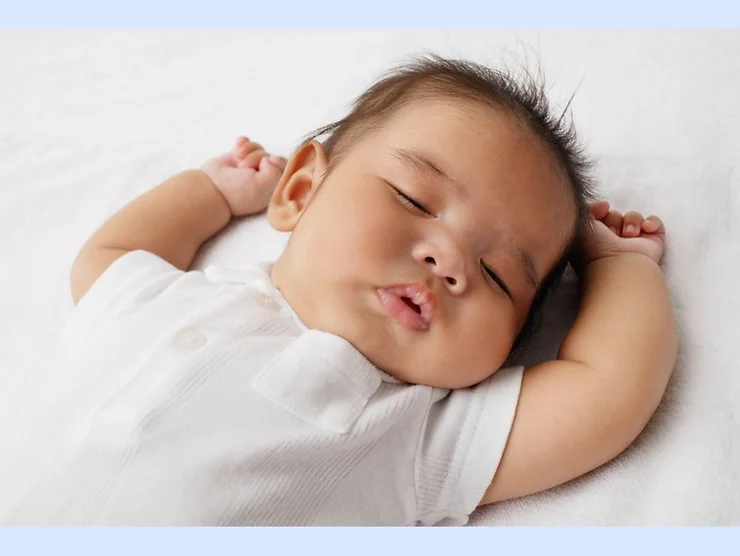Your Child’s Sleep Environment
Your child’s sleep environment is often the most overlooked aspect of facilitating healthy sleep. Most of us already know that the sleep environment should be conducive, but parents tend to underestimate just how helpful a few simple modifications can be in this one area. Let me help!
If your baby, toddler, or preschool aged big kid is learning healthy sleep habits or struggling to get all of the deep sleep their growing brains need to thrive, here are the top five areas to address now
1. The Darkness:
A truly dark room is sleep magic. Actually, it’s science.
The absence of light directly facilitates the production of melatonin. Melatonin is a hormone that tells our brains that it’s time for sleep. Speak directly to your child’s brain by ensuring that the room you’re asking them to sleep in is as dark as humanly possible.
Of course not all children require pitch black rooms to sleep well, but just about all of us will have an easier time falling asleep and will sleep better and longer in a very dark room.
Effective ways to further darken your child’s room:
- Velimax cling over windows
- Blackout EZ over windows
- Sleep Out curtains
- 100% double lined blackout curtains sealed to the window frame with velcro ***personal favorite**
- Black trash bags and duct tape or painter’s tape over windows
- Duct tape over product lights
- Rolled towel under door to block hallway light
- Dim red/orange hued night light if necessary for night feedings or potty trips
2. The Quiet:
A fan or a continuous white noise machine is excellent for blocking ambient noise. It should be truly continuous in that there are no pauses or fluctuations, and it should be the same background noise that doesn’t change all night long. It’s not something to listen to, as much as it is something to block out noises that would otherwise distract, startle, or pique one’s interest.
Avoid nursery rhymes, nature sounds, or televisions which inhibit the brain from being able to get into a really deep sleep.
3. The Excitement – or Lack Thereof:
Leave the mobiles or distracting toys in the playroom. It can be tempting to leave a few toys in the crib to make it seem cozier or more welcoming – but if the goal is sleep, the toys may actually backfire.
Stick with one to two favorite security items for children over the age of one year. Everything else needs to sleep somewhere else!
4. The Temperature:
The ideal sleep temperature for babies and young children is between 68-72 degrees. If modulating the temperature isn’t always an option, keep this in mind when choosing sleepwear.
To assess your little one’s body temperature, know that fingers and toes can be misleading. Assess their neck and chest instead to see if they might be too hot or cold during sleep times.
5. The Safety:
Babies under age one should always be placed to sleep on their back, on a firm and bare surface that is separate from you. This surface should be a safe sleep space such as a crib, pack n’ play, or bassinet for newborns. Please take a few minutes to review safe sleep guidelines from the American Academy of Pediatrics.
Children who sleep in toddler or big kid beds should be in bedrooms that are as safe as a giant crib. This might mean locking windows, securing heavy furniture to walls, clearing clutter from floors, removing breakables, and blocking outlets.
Some parents are hesitant to create a truly conducive sleep environment because they fear that it will cause their child to have a harder time falling asleep under less ideal circumstances. The truth is that we will all sleep better when sleeping in a dark, quiet, boring, cool, and safe sleep environment. If you have the resources to create this perfect sleep environment, it will lead to improved sleep length and sleep quality. If your child is able to attain more high-quality sleep, it will lead to a more well rested child. A well-rested child tends to be more adaptable to occasional changes to their schedules and routines.
If you are able to offer a highly conducive sleep environment to your child even some of the time, it’s worth it. You might even do the same for your own sleep environment!
If you are interested in reading about more ways to facilitate healthy sleep for your child, read about my Top 5 Tips for Healthy Sleep!
If you are ready to support your child in learning healthy sleep habits so the whole family can get back to sleeping through the night, check out my sleep support services, or schedule a free 15 minute discovery call to learn more about working 1:1 with me.

